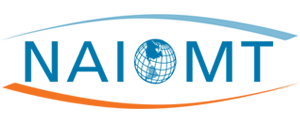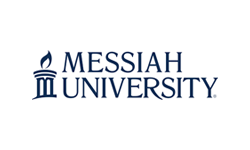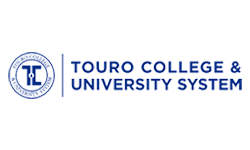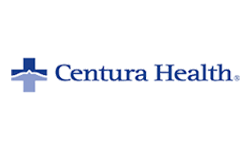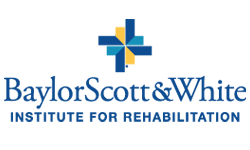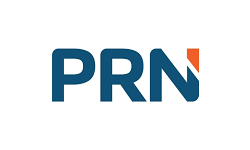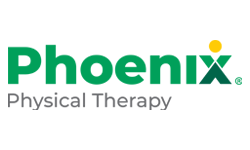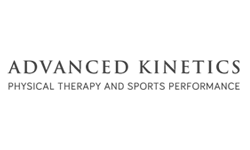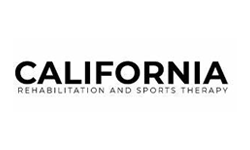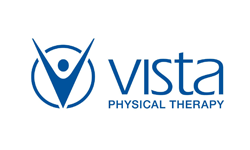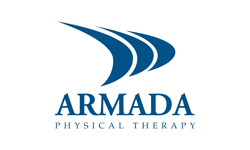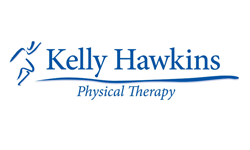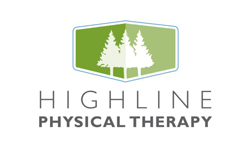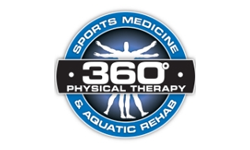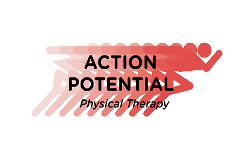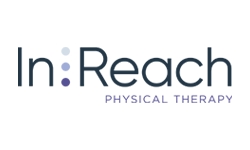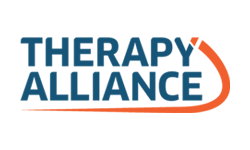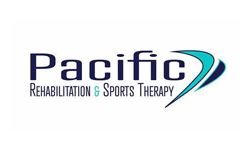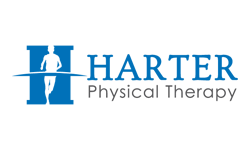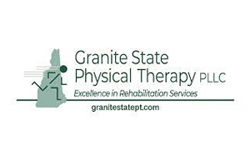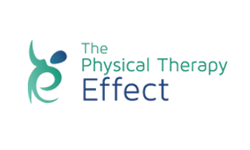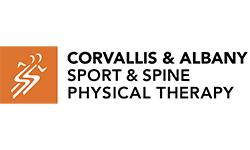Upper Quadrant Certification Specifically Tailored to OTs & the Patients You See
Whether you are looking to fine-tune your manual techniques of the upper quadrant, or deepen your clinical sciences and ability to make a musculoskeletal differential diagnosis, this program is for you.
The Certification in Manual Therapy of the Upper Quadrant For Occupational Therapist (CMOT) also means that you will be able to screen for serious pathology and medical referral while evaluating and treating basic cervical spine conditions.
Other benefits include:
- Integrating the upper quadrant, making it easier to treat the upper quadrant patient
- Developing more skills with complex patient load. (Cancer, double crush, cervical radiculopathy, etc.)
See what one of our newly certified OT’s has to say about the CMOT Certification
Upcoming CMOT Courses [Click the Courses Below to Register]

C-426 The Functional Shoulder Girdle for OT's
Location: Dallas, TX
Instructor: Michael Lucido, PT, DPT, OCS, FAAOMPT
Start Date: 05-31-2025
View Course Description
C-436 The Distal Upper Extremity for OT's
Location: Dallas, TX
Instructor: Kellie Stickler, PT, DPT, OCS, FAAOMPT
Start Date: 09-06-2025
View Course Description
C-446 Integration of the Upper Quadrant for OT's
Location: Dallas, TX
Instructor: Jason Winburne, PT, DPT, OCS, FAAOMPT
Start Date: 01-10-2026
View Course Description
C-456 Upper Quadrant Skills and Techniques for OT's
Location: Dallas, TX
Instructor: Michael Lucido, PT, DPT, OCS, FAAOMPT/Jason Winburne, PT, DPT, OCS, FAAOMPT
Start Date: 03-07-2026
View Course Description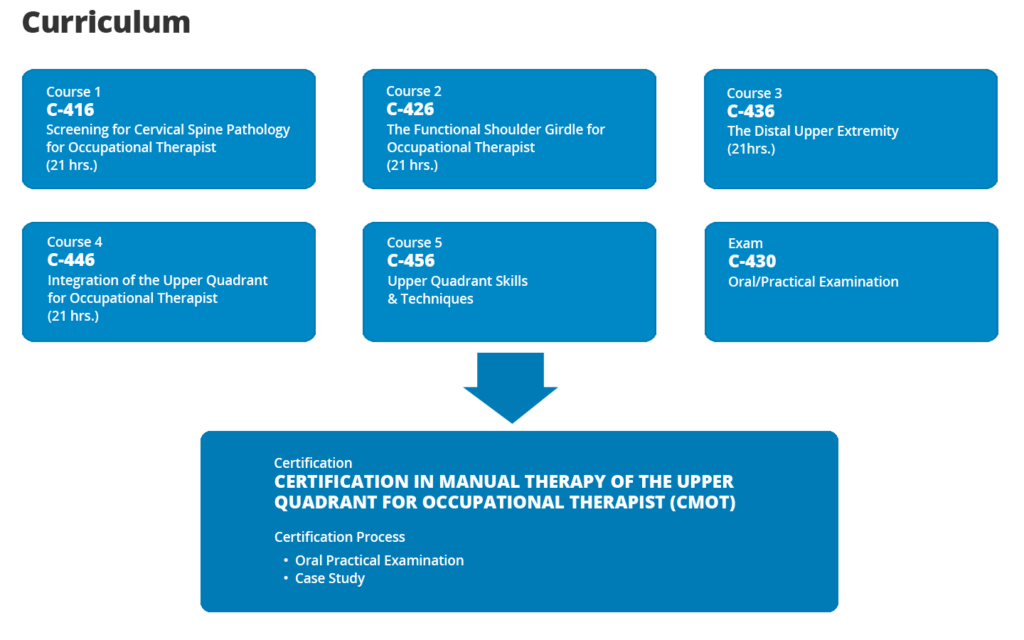
C-416 Screening for Cervical Spine Pathology for Occupational Therapists
This course is 21 hrs. (14 hrs. Live and 7 hrs. Online) case based addressing patho-anatomy, and clinical recognition patterns of the cervical spine. Clinical presentation of each condition is highlighted and organization of knowledge is taught so that an OT may arrive at a sound clinical impression of the cervical spine as a potential pain generator of the upper quadrant. The OT based on the information from the examination may choose to treat the patient or refer to a physical therapist.
C-426 The Functional Girdle for Occupational Therapists
This course is dedicated to the management and treatment of the Shoulder Girdle and its related anatomical structures (SC/AC/Scapulothoracic/Glenohumeral joint. The Occupational Therapist will learn a step by step examination process leading to the pain generator and area of dysfunction of the shoulder girdle using Selective Tissue Testing, Palpation and Passive Movement Assessment. This differential examination and clinical recognition pattern will lead to a rational treatment plan designed for efficient and effective outcomes for the patient with shoulder girdle pain or dysfunction.
C-436 The Distal Upper Extremity for Occupational Therapists
This course is dedicated to the comprehensive examination and treatment of the elbow/forearm/wrist and hand. The Occupational Therapist will learn a musculoskeletal examination process including stress testing and biomechanical assessment of the distal upper extremity. Detailed surface anatomy and clinical recognition pattern will lead to a rational treatment plan designed for efficient and effective outcomes for the patient with distal upper extremity pain or dysfunction.
C-446 Integration of the Upper Quadrant for Occupational Therapists
This course is dedicated to the comprehensive examination and treatment of the elbow/forearm/wrist and hand. The Occupational Therapist will learn a musculoskeletal examination process including stress testing and biomechanical assessment of the distal upper extremity. Detailed surface anatomy and clinical recognition pattern will lead to a rational treatment plan designed for efficient and effective outcomes for the patient with distal upper extremity pain or dysfunction.
C-456 Upper Quadrant Skills & Techniques for Occupational Therapists
The Occupational Therapist entry level education does not emphasize manual/manipulative techniques of the upper quadrant. Therefore a course dedicated to the review and refinement of techniques is necessary for the implementation of the NAIOMT Upper Quadrant theory and practice. In addition this course will be used as a review and discussion of areas needed to prepare for the OT oral practical (C-430).
2025-2026 Schedule
Location: Dallas, Texas – Baylor Scott & White Institute for Rehabilitation
Live Registration Links Below!
- CLICK HERE to Register: C-416: February 22-23, 2025
- CLICK HERE to Register: C-426: May 31-June 1, 2025
- CLICK HERE to Register: C-436: September 6-7, 2025
- CLICK HERE to Register: C-446: January 10-11, 2026
- CLICK HERE to Register: C-456: March 7-8, 2026
- CLICK HERE to Register: C-430 Oral Practical Exam: June 13-14, 2026 [Registration Deadline: May 1, 2026
- CLICK HERE to Register: Case Study Due: August 1, 2026 [Registration Deadline: July 3, 2026]
Course Details
Course Registration
Please contact Susan Windsor at su***@na****.com to join the cohort.
Questions
Michael Lucido, PT, DPT
NAIOMT Faculty
BSW Outpatient Education Director
lu****@na****.com
214.500.4744
Susan Windsor
NAIOMT Courses & Events Coordinator
su***@na****.com

